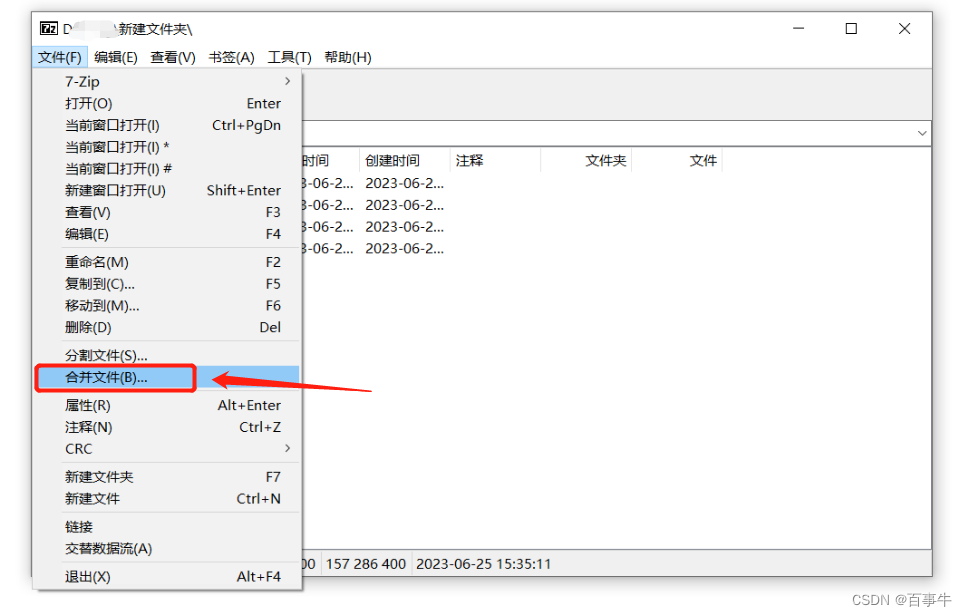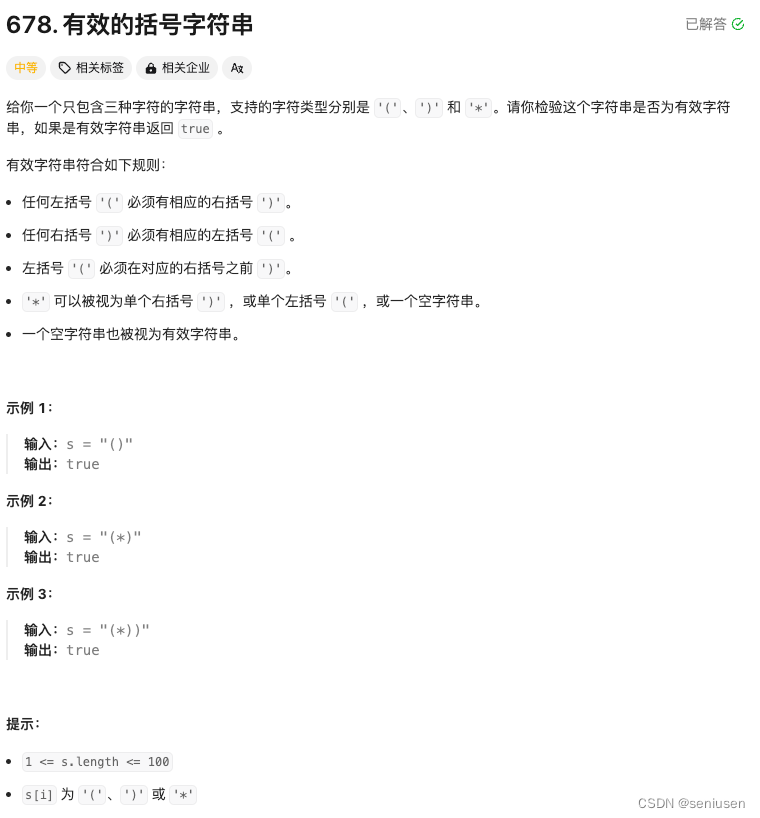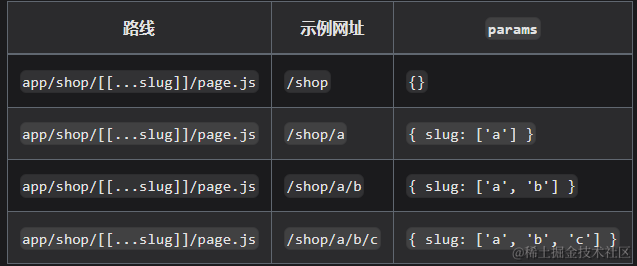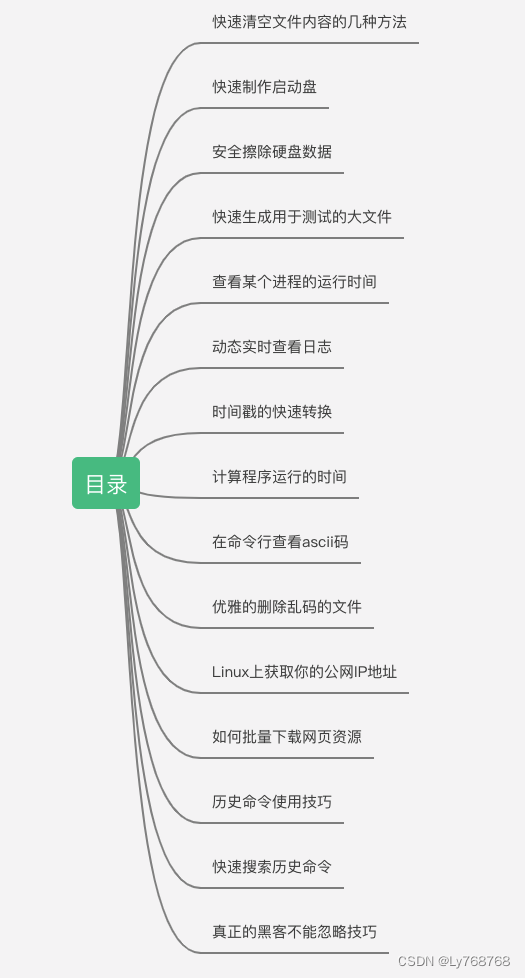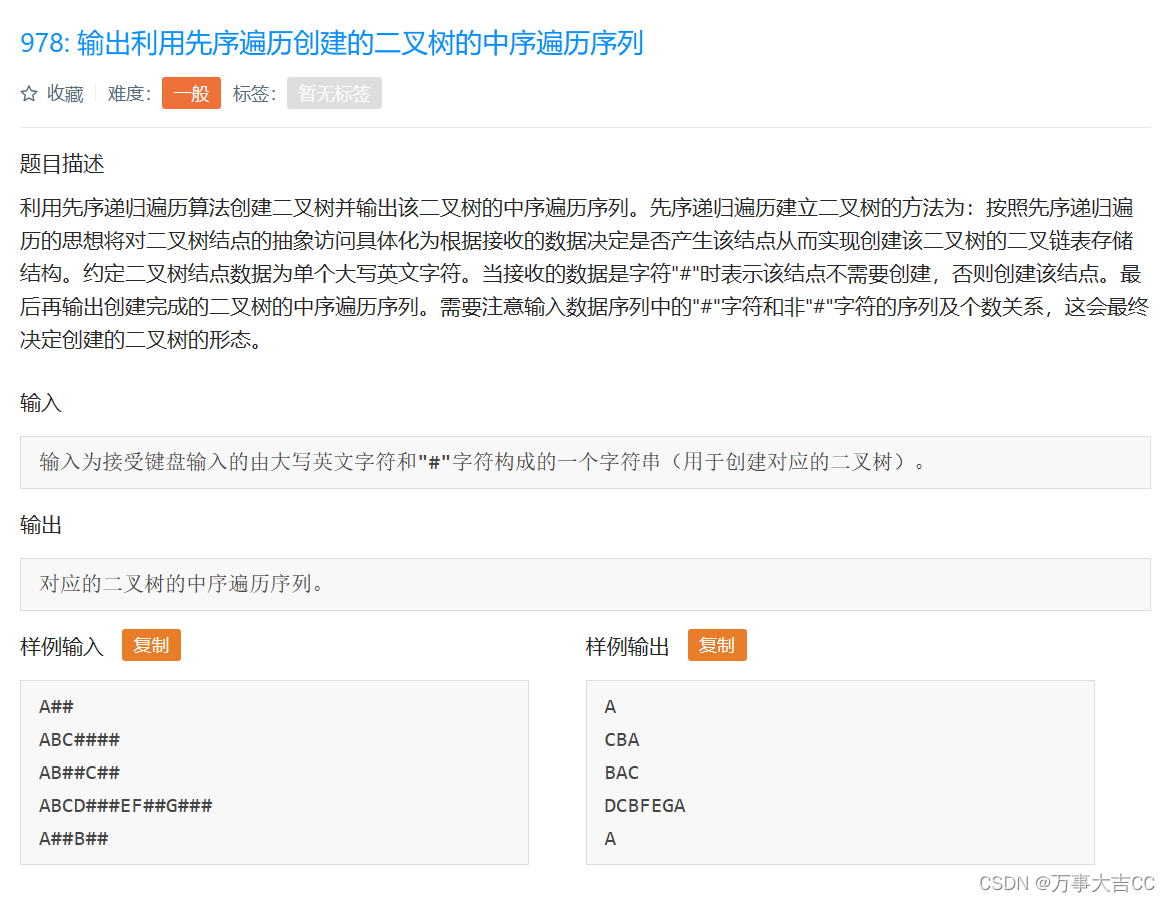思路:

// @Author sunwenbo
// 2024/4/12 16:51
package mainimport ("errors""fmt""strconv"
)// 使用数组来模拟一个栈的应用
type Stack struct {MaxTop int //表示栈最大可以存放数的个数Top int //表示栈底,因为栈底是固定的,因此我们可以直接使用Toparr [20]int //数组模拟栈
}// 入栈
func (this *Stack) Push(val int) (err error) {// 先判断栈是否已经满了if this.Top == this.MaxTop-1 {fmt.Println("stack full")return errors.New("stack full")}this.Top++// 放入数据this.arr[this.Top] = valreturn
}// 遍历栈,需要从栈顶开始遍历
func (this *Stack) List() {// 先判断栈是否为空if this.Top == -1 {fmt.Println("stack empty")return}//curTop := this.Topfmt.Println("栈的情况如下:")for i := this.Top; i >= 0; i-- {fmt.Printf("arr[%d]=%d\n", i, this.arr[i])}
}// 出栈
func (this *Stack) Pop() (val int, err error) {// 判断栈是否为空if this.Top == -1 {fmt.Println("stack empty")return 0, errors.New("stack empty")}// 先取值,再this.Top--val = this.arr[this.Top]this.Top--return val, nil
}// 判断一个字符是不是一个运算符 [+,-,*,/]
func (this *Stack) IsOper(val int) bool {if val == 42 || val == 43 || val == 45 || val == 47 {return true} else {return false}}// 运算的方法
func (this *Stack) Cal(num1 int, num2 int, oper int) int {res := 0switch oper {case 42:res = num2 * num1case 43:res = num2 + num1case 45:res = num2 - num1case 47:res = num2 / num1default:fmt.Println("运算符错误..")}return res
}// 编写一个方法返回某个运算符的优先级[程序员定的]
// [* / => 1, +- = 0 ]
func (this *Stack) Priority(oper int) int {res := 0if oper == 42 || oper == 47 {return 1} else if oper == 44 || oper == 45 {fmt.Println("oper=", oper)return 0}return res
}func main() {// 数栈numStack := &Stack{MaxTop: 20,Top: -1}// 符号栈operStack := &Stack{MaxTop: 20,Top: -1}exp := "30+3*6-4"// 定义一个index,帮助扫描 expindex := 0// 为了配合运算,我们定义需要的变量num1, num2, oper, result, keepNum := 0, 0, 0, 0, ""for {fmt.Println("numStack")numStack.List()fmt.Println("operStack")operStack.List()// 这里需要增加一个逻辑,处理多位数的问题ch := exp[index : index+1] // 字符串// ch ==> "+" ==> 43temp := int([]byte(ch)[0]) // 字符对应的ASCI码if operStack.IsOper(temp) { //说明是符号//如果operStack 是一个空栈,直接入栈if operStack.Top == -1 { // 空栈operStack.Push(temp)} else {// 两个逻辑// 1. 如果发现operStack 栈顶的运算符的优先级大于等于当前准备入栈的运算符的优先级,就从符号栈Pop出,//并从数栈也pop两个数,进行运算,运算后的结果再重新入栈到栈,符号再入符号栈if operStack.Priority(operStack.arr[operStack.Top]) >= operStack.Priority(temp) {num1, _ = numStack.Pop()num2, _ = numStack.Pop()oper, _ = operStack.Pop()result = operStack.Cal(num1, num2, oper)// 将计算结果重新入数栈numStack.Push(result)// 将当前的符号压入符号栈operStack.Push(temp)} else {operStack.Push(temp)}}} else { //说明是数字//处理多位数的思路// 1. 先定义一个变量keepNum string,做拼接工作keepNum += ch// 2. 每次要向index的后面字符测试一下,看看是不是运算符,然后再做处理// 如果到表达式的最后了,直接将keepNum 转换成整数if index == len(exp)-1 { // 已经到表达式最后了val, _ := strconv.ParseInt(keepNum, 10, 64)numStack.Push(int(val))} else {// index 的后一位测试一下,看看是不是运算符,如果不是运算符则继续上面的for循环,做字符串拼接if operStack.IsOper(int([]byte(exp[index+1 : index+2])[0])) {val, _ := strconv.ParseInt(keepNum, 10, 64)numStack.Push(int(val))keepNum = ""}}//val, _ := strconv.ParseInt(ch, 10, 64)//numStack.Push(int(val))}// 继续扫描,先判断index 是否已经扫描到计算表达式的最后if index+1 == len(exp) {break}index++}// 如果扫描表达式完毕,依次从符号栈取出符号,然后从数栈中取出两个数,// 运算后的结果,入数栈,直到符号栈为空for {if operStack.Top == -1 {break //退出条件}num1, _ = numStack.Pop()num2, _ = numStack.Pop()oper, _ = operStack.Pop()result = operStack.Cal(num1, num2, oper)// 将计算结果重新入数栈numStack.Push(result)}// 如果我们的算法没有问题,表达式也是正确的则结果就是numStack的最后一个数res, _ := numStack.Pop()fmt.Printf("表达式: %s=%v", exp, res)
}
